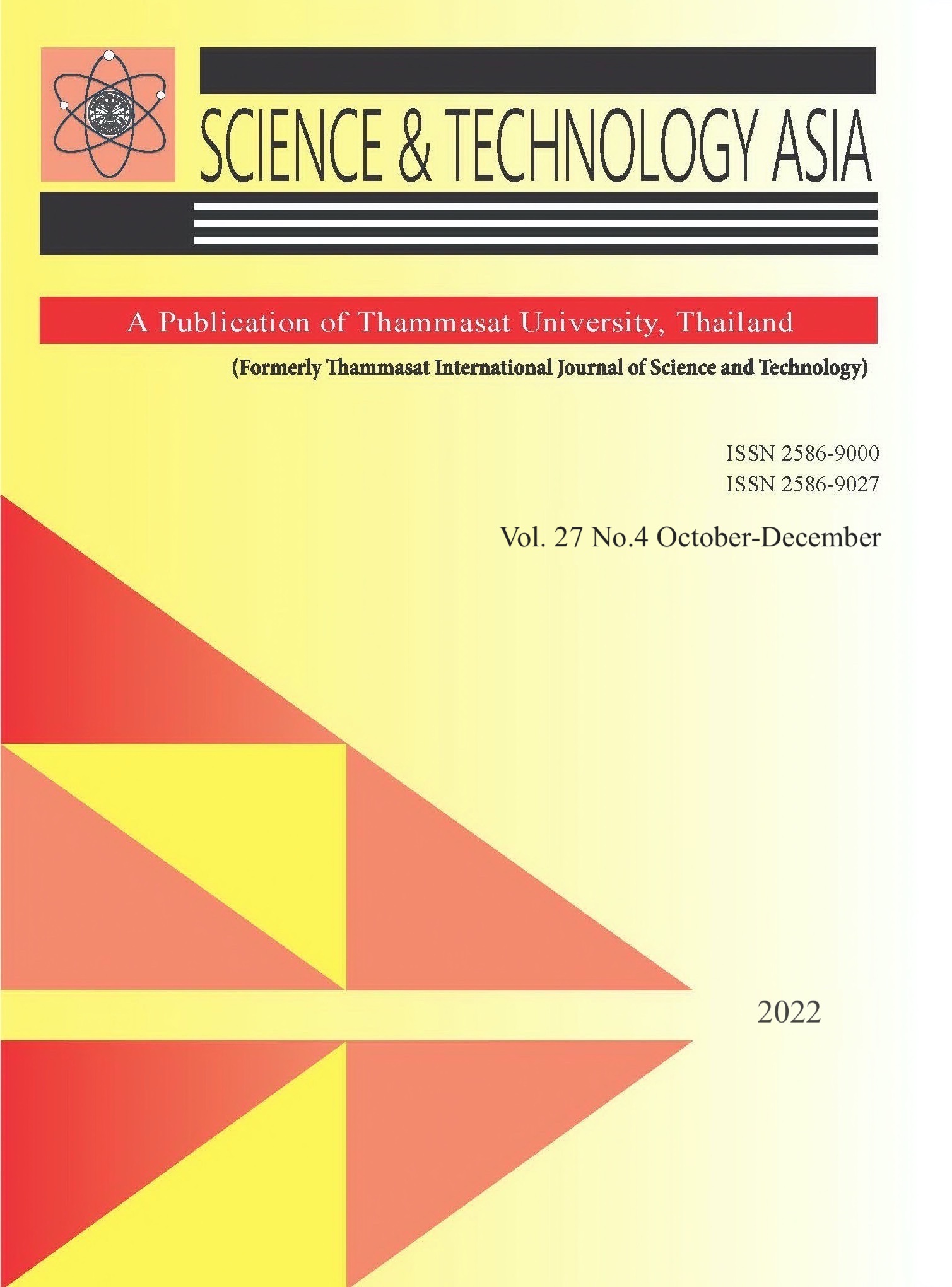A Mathematical Model of the Ongoing Coronavirus Disease (COVID-19) Pandemic: a Case Study in Turkey
Main Article Content
Abstract
Turkey reported the first case of COVID-19 on 11 March 2020 since the outbreak of the deadly coronavirus pandemic. COVID-19 spread rapidly in Turkey, where about a total of 3,208,173 cases of infected persons were registered by 29 March 2021 with 2,957,093 cases of recovered persons and 31,076 reported deaths. A new mathematical COVID-19 model containing six classes is presented. Also, the positive invariant region of the solutions, basic reproductive number, disease-free equilibrium, and its stability are highlighted. Afterward, the disease-free equilibrium is locally asymptotically stable when R0 < 1. Moreover, the proposed model was further generalized to the fractional-order derivative in the Atangana-Baleanu (ABC) context for a more successful realization. Besides, the existence and uniqueness of solutions via techniques of Schaefer’s and Banach fixed point theorems were established. Based on the publicly recorded number of infected people from 1-31 July 2020 in Turkey and least-squares curve fitting techniques with fminsearch function the fractionalorder model has been validated and can better fit the data compared with the integer-order model. Also, using the Atangana-Toufik scheme, numerical solutions, as well as simulations, are presented for different values of fractional order.
Article Details

This work is licensed under a Creative Commons Attribution-NonCommercial-NoDerivatives 4.0 International License.


